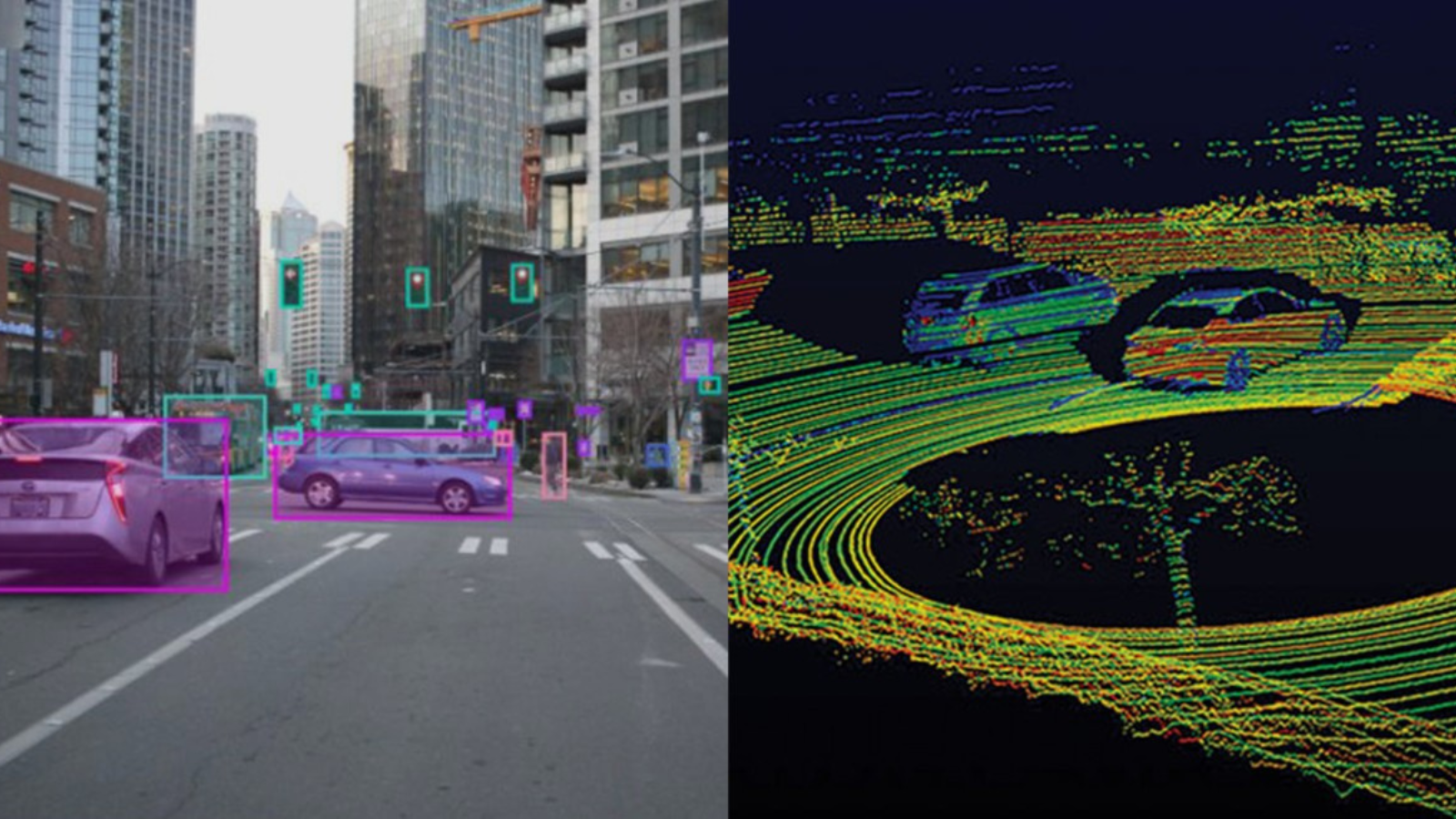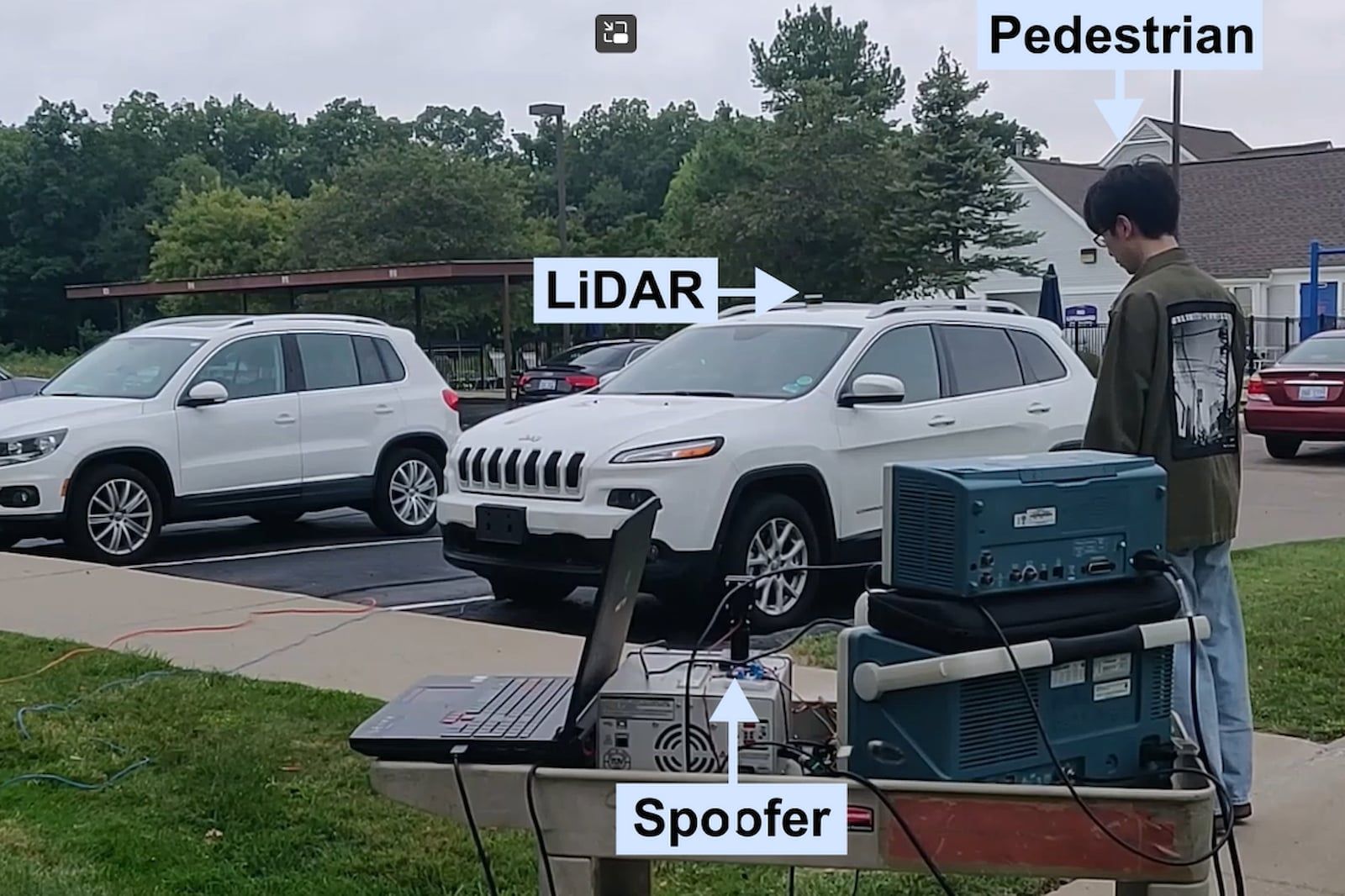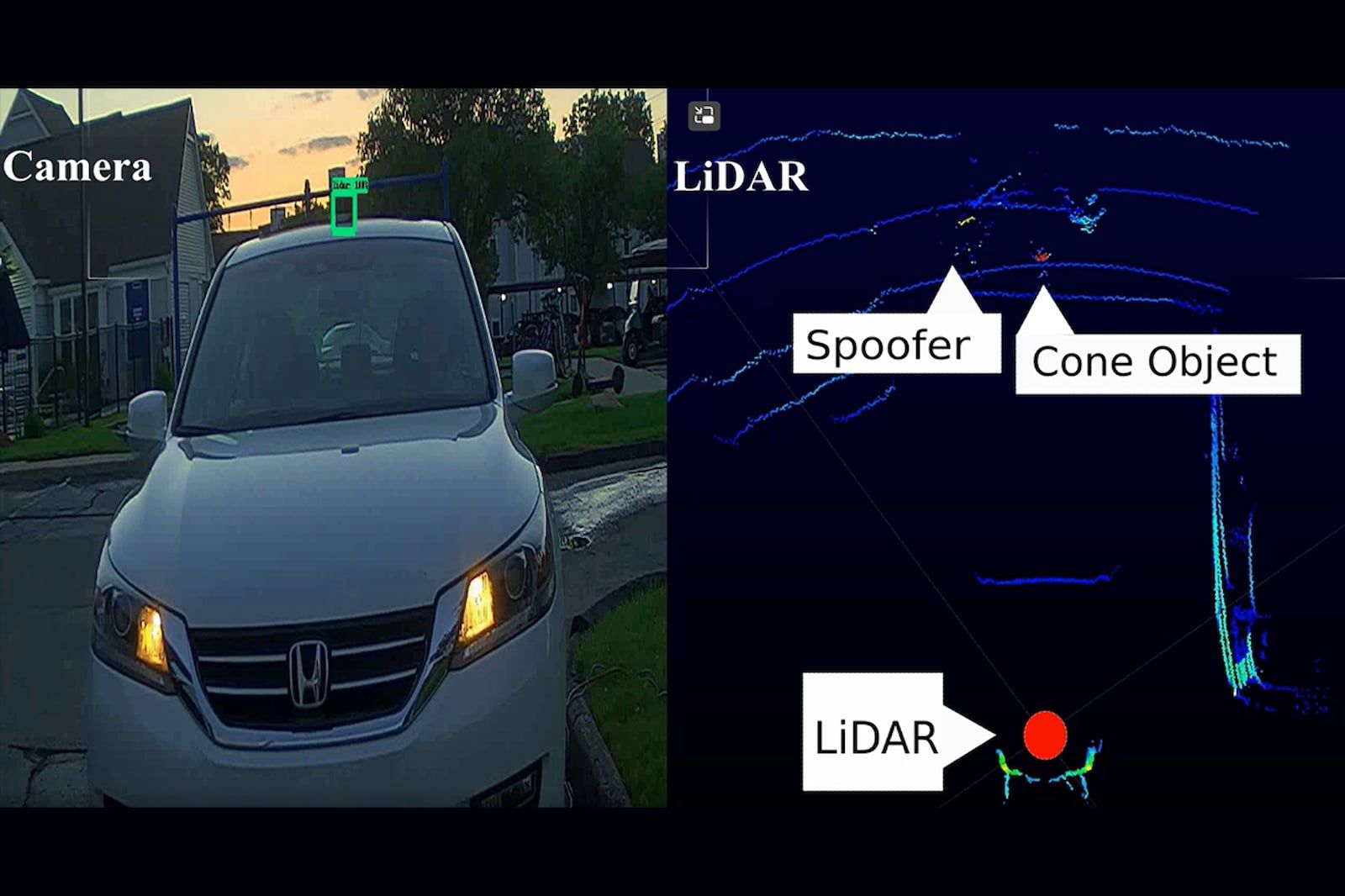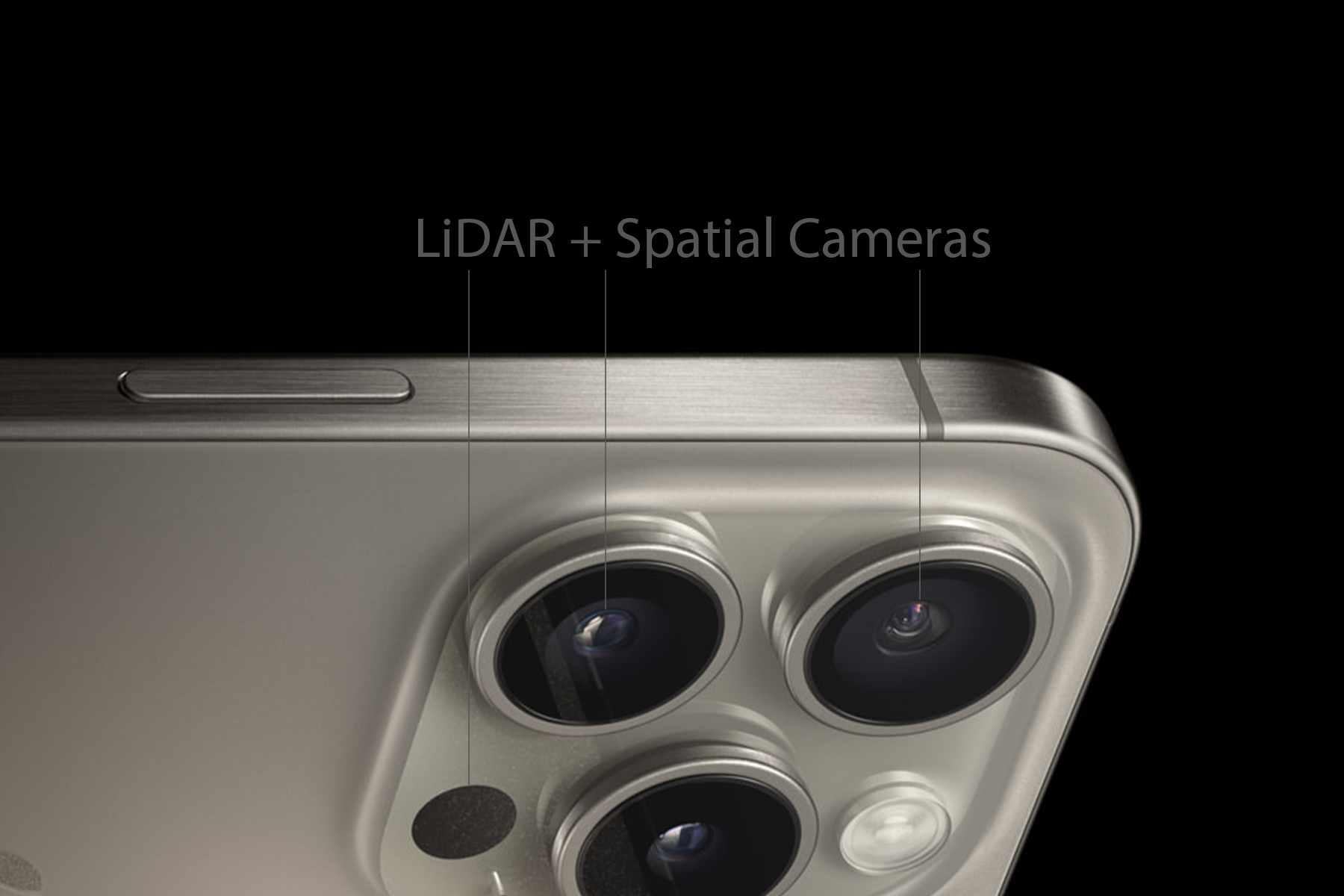
Researchers discover a major flaw in LiDAR-equipped cars and trucks
A recent research by researchers has shown how the technology's capacity to detect risks may be readily circumvented.
The broad adoption of driverless or semi-autonomous driving has been praised as being dependent on LiDAR sensors.
Researchers from the University of Florida, the University of Michigan, and the Japanese-based University of Electro-Communications collaborated on a project showing how laser-based spoofing techniques may frighteningly effectively interfere with LiDAR's perceptual capabilities.
This causes an autonomous vehicle (AV) to crash with a pedestrian that it would normally be able to see.
The LiDAR system won't be able to interpret the essential data to launch an evasive movement if lasers are pointed towards self-driving automobiles. For instance, because the vehicle won't initiate emergency braking, it is far more likely to collide with other vehicles or people.
As a result, the vehicle's autonomous functions lose the necessary precision and its LiDAR system becomes practically blind.
Although no one would probably aim lasers at LiDAR-equipped cars, the study shows a flaw in the technology that has, up until now, gone unnoticed by the general public.

To determine the extent of their ability to interfere with the LiDAR, the researchers ran a number of trials.
In one simulation, the AV struck a person at a speed of about 16 mph. According to the researchers, a Physical Removal Attack is when a laser-based instrument is used to sabotage data that the LiDAR system typically receives (PRA).
The participants of the AV as well as nearby motorists or pedestrians might be in risk as a result of this protest, which could have "serious repercussions."
The attacks frequently removed 90% of the target pedestrian cloud points with a success rate of over 90% in the researchers' varied moving vehicle scenarios.

For automakers like Volvo, which have marketed their LiDAR-equipped vehicles as being among the most cutting-edge, these new findings are alarming.
Tesla has already come under fire for its strong reliance on cameras rather than LiDAR to power its driver-assistance capabilities.
Although cameras by themselves cannot identify things with the same accuracy as LiDAR, it appears that they may not be as vulnerable to these laser-based assaults as vehicles using LiDAR, such as the Volvo EX90.
But, Mercedes-Benz also outperformed the competition by getting its first Level 3-capable car authorized in the USA, so it's not only Volvo using LiDAR. The electric EQS and S-Class will both be compatible with the technology.
With any new technology, LiDAR offers advantages that are evident as well as potential drawbacks that may not be as obvious. We hope automakers make modifications to solve LiDAR's flaws before the technology is widely adopted.
LiDAR INSIGHTER Newsletter
Join the newsletter to receive the latest updates in your inbox.





